Hard money advocates - those who place their trust in precious and base metals coinage - will most certainly have a ready cache of recognizable money to barter with when no one any longer honors federal reserve notes and refuses to accept them for purchases. Should hyperinflation arrive, gold coins will be useful for our largest transactions, and silver - or the smallest fractional gold coins - for commerce too small for usage of one ounce gold to be practical. Everyday barter and the tiniest of purchases will still require nickels and pennies.
Each of these metals will increase in value with the tsunami of excess liquidity already set in motion by the FED. The trillion dollar trigger - representing a combination of the TARP bailout and quantitative easing in support of Treasury auctions - has already been pulled. Bumbling Ben still has more shots in his revolver, and he will continue to empty his gun into the corpse of the dollar until there is no hope of resuscitation. It would take a miracle to resurrect the dollar, and though our coinage states "In God We Trust," I doubt the sentiment is reciprocal.
So hyperinflation is coming down the pike. That's pretty much set in stone. It's just a question of when it will arrive. Enough said on gloom and doom for now. Today I'd like to talk about something unrelated to investing, but which can occur to you as an offshoot of your stance to build a position in copper bullion by saving cents. If, as happened to me, you begin to examine the pre-1982 cents you are sorting, your curiosity might take hold. Every so often you will encounter older pennies among the thousands you sort. You're going to run across wheaties.
Wheaties are one way in which collectors of the Lincoln cent refer to the reverse side of older American pennies. On pennies that were minted between 1909 and 1958, there are two ears of wheat adorning the back of the cent. In 1959, that design was changed to a depiction of the Lincoln Memorial. Subsequently, that was changed as well to honor the bicentennial of Lincoln's birth, as well as marking the one hundred year anniversary of the first issuance of the Lincoln cent. There are now four different commemorative reverses in circulation as of 2009.
"Birth and early childhood in Kentucky" portrays a log cabin - similar to the one where he was born, on February 12, 1809, - near Nolin Creek, three miles south of present-day Hodgenville in Larue County, Kentucky. "The Lincoln family lived on 30 acres of the 228-acre Knob Creek Farm near Hodgenville from the time Abraham was two-and-a-half until he was nearly eight years old. It was here that he grew big enough to carry water and gather firewood." End quote. http://www.usmint.gov/mint_programs/lincolnredesign/index.cfm?action=lincolnPenny&Aspect=1
"Formative years in Indiana" depicts a young Abraham sitting upon a log, reading as he takes a break from railsplitting. The family had moved in the fall of 1816, relocating from his birthplace in Kentucky to Spencer County, Indiana. As Lincoln grew he became toughened by the rigors of farm life, learning to plow and wield an axe. He also developed a love of reading, curried by his parent's interest in books. Abraham became an avid reader, and by the time he was eleven had assisted in his own education by completing such books as "Life of Washington," and "The Autobiography of Benjamin Franklin." http://www.usmint.gov/mint_programs/lincolnredesign/index.cfm?action=lincolnPenny&Aspect=2
"Professional Life in Illinois" presents him as a young professional standing in front of the state capitol building in Springfield. The family had moved to Illinois in 1830, whereupon Lincoln took advantage of his new environs to learn a variety of skills, including piloting a steamboat, before developing an interest in politics. 1834 saw him embark on this new career when he was elected to the Illinois General Assembly. He studied and received a law degree by 1836. Within a decade he had won a seat in the House of Representatives. The senatorial race of 1858, and the ensuing Lincoln-Douglas debates crowned him with national renown. The Republicans nominated him for President in 1860, and the rest is history. http://www.usmint.gov/mint_programs/lincolnredesign/index.cfm?action=lincolnPenny&Aspect=3
"Presidency in Washington, DC" depicts Lincoln's abbreviated tenure in office from 1861 to 1865. "The approved design for aspect four of Lincoln's life features the half-finished United States Capitol dome, symbolizing a Nation torn apart by civil war and the resolve Lincoln showed as he guided the country through its most grave crisis." End quote. http://www.usmint.gov/mint_programs/lincolnredesign/index.cfm?action=lincolnPenny&Aspect=4
Following the termination of the commemorative issues, the reverse will again change in 2010. The new design will feature a the emblem of a shield, with thirteen vertical stripes representing the states joined in one compact union. A scroll, with the inscription ONE CENT, is draped across the shield. Quote,"The new design is emblematic of President Abraham Lincoln's preservation of the United States as a single and united country." http://www.usmint.gov/mint_programs/lincolnredesign/?action=2010Penny
I kind of got sidetracked there. That's easy to do when discussing such a fascinating subject. Back to the wheaties. As you sort, you will discover one or two wheaties on occasion. Most likely, those you find will date back to the Fifties, and the Forties. Much less frequently, you might even encounter a wheatie dating back to the Thirties. You have to be sorting a high volume of coins to discover these last two decades, but on rare occasions you may even run across a penny minted in the Twenties, or the Teens. Finding a cent that old in circulation is cause for elation, pennies like that are a rare find.
Just how often might you encounter wheaties in circulation? I participate in a forum that discusses just this issue, among other coin collecting minutiae. Realcent.forumco.com is an Internet forum with about 1000 members who share similar interests which involve collecting, searching, sorting, saving, and recycling of base and precious metals coins and ancillary forms of those metals. The topic frequently arises as to how many wheaties one is finding in boxes of cents obtained from banks, or customer wrapped rolls from credit unions or banks.
The answers differ, and are dependent upon a number of variables. But a consensus - if I had to pick a number - seems to be a bit less than one percent of the copper cents you segregate will turn out to be wheaties. Those individuals who are busy building a large hoard of copper cents will likely find that they lack sufficient time to inspect their machine-sorted coins to further separate the pre-1959 wheaties from the other copper cents. It's not justified by their worth. Currently, each wheatie in fair condition will bring about four times face value if you can find a buyer.
Devoting the time and effort to further refine your copper stockpile is something more likely to occur if you are handsorting. In that instance, you will take notice of each wheatie as you add to your accumulation of cents, and its likely that your acquisitive nature will result in your desire to obtain an album and start a collection. Curiosity, at some point, will force this upon you. You'll find yourself asking "I wonder how many I have now? Would it be enough to make a good start at filling a penny folder?" This can develop into an entertaining aspect of the copper cents saving enterprise. So what are the odds of finding any good wheaties?
We've already determined that the percentages are less than one in a hundred from copper cents. We'll need to pick a precise number for the calculations to follow, so I'm arbitrarily going to assign this conservative basis (your results may vary) to assist that intent: you will find one wheatie among every 110 pre-1982 cents you search. Recalling that copper cents only represent about 20 to 25 percent of all cents in circulation, let's remain conservative and use the lower number. Your chances of finding a wheatie, then, in change would be about 1 in 550. Search a $25 box and you should find between four and five pre-1959's.
How about the individual decades? A little bit of arithmetic can provide a guesstimate. If you tally up the total mintage figures - provided in Coins magazine - of all the cents produced between 1909 and 1958, it will result in a sum of 28,650,477,747. Over 28 billion. Broken into decades - of which the Teen's includes 1909 - we get these results. Teens 2,125,713,683, Twenties 1,664,218.000, Thirties 2,214,324,143, Forties 13,385,520,242, and Fifties 9,260,701,408. Review of these findings yields some interesting anomalies.
I would have thought that the Mint would have marginally increased production on an annual basis, showing an incrementally larger number produced each year. But that isn't the case, not on an annual basis, nor even for periods of a decade. There were more cents produced in the Teens then there were in the Twenties, and nearly as many as there were in the Thirties. There were fewer cents produced in the Fifties then in the Forties. What does this mean? You're more likely to find older wheaties than newer ones, to some extent.
You have a 32.32% chance of finding a Fifties cent among your wheaties, but a 46.72% chance of discovering a Forties cent. Twenties might be the hardest to find with only a 5.81% likelihood, followed by Teens with a 7.42% chance. You would have a 7.73% chance of unearthing a Thirties cent. So about four out of five wheaties you find will be common dates in the Forties and Fifties. This determination is based solely upon original mintages and does not account for any unknown variables such as loss or hoarding of particular years, that might cause the results to vary.
Any wheatie you find in circulating change will bring a smile to the face of one who has developed a hunter's instinct to track down uncommon cents. A copper cent sorter and saver will discover a satisfying hobby should they acquire the interest to start a Lincoln cent collection. The occasional luck of finding a wheatie from the early decades can be a cause for delight. Should chance bless you and you strike a bonanza - a valuable scarce date - it's reason to celebrate with jubilation. Pocket change can be like a pirate's hidden chest. There's treasures of rare cents out there to be uncovered. Why not partake of the joy of the quest?
Buy Silver. Buy Gold. Save Copper. Start Now.



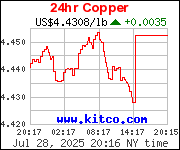


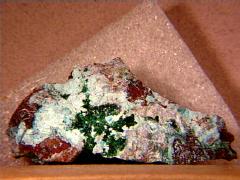

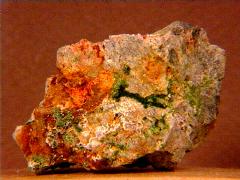
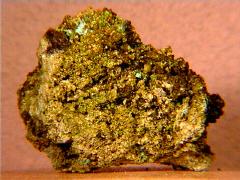
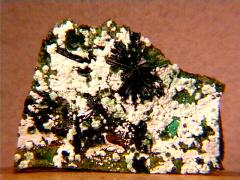
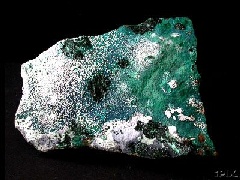


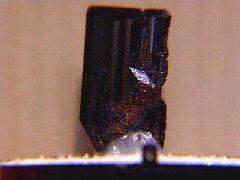
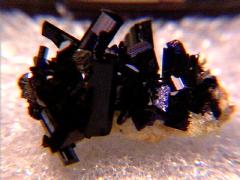
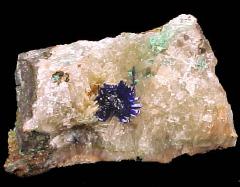


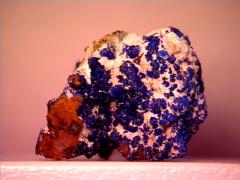






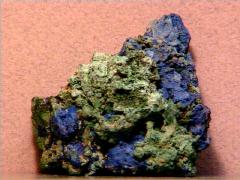

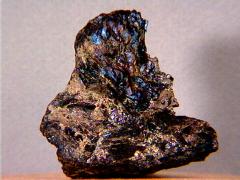




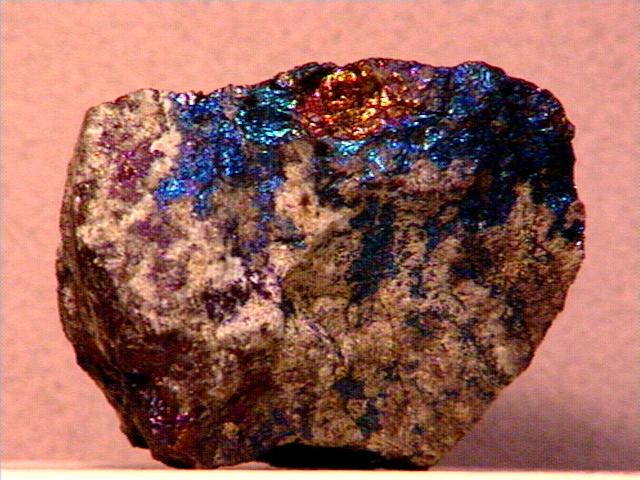


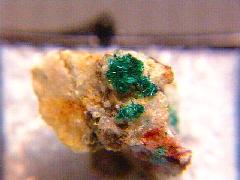
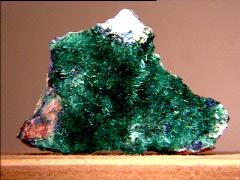






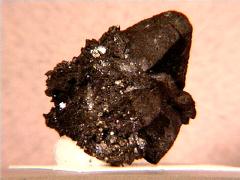
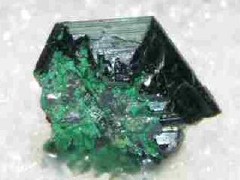
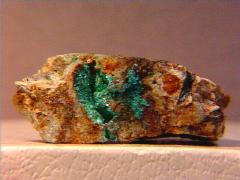

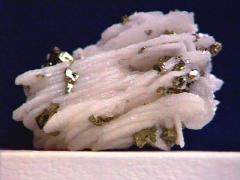
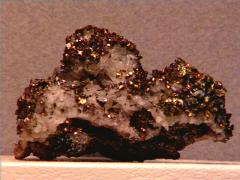

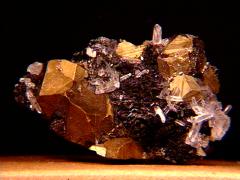
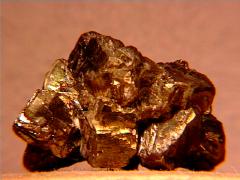




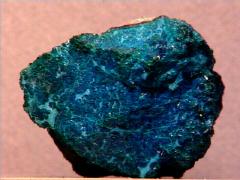
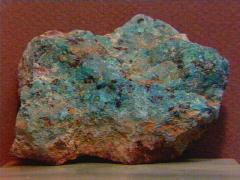


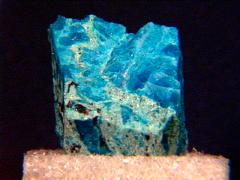
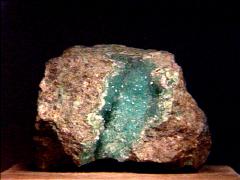
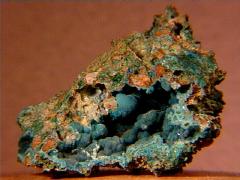
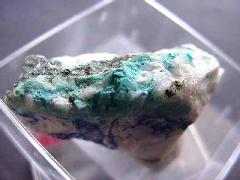
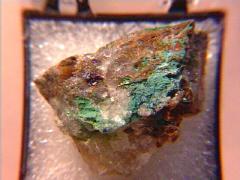
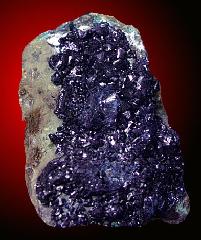
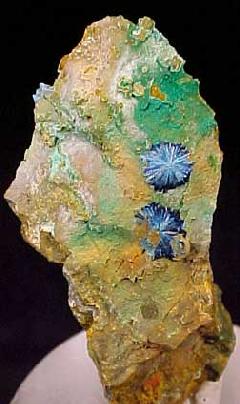
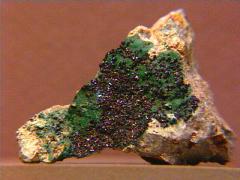

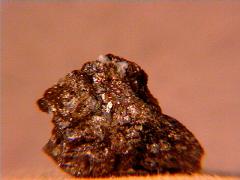
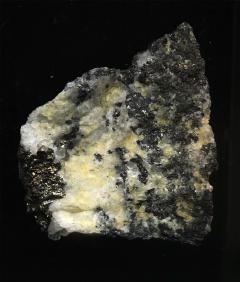



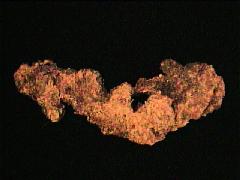


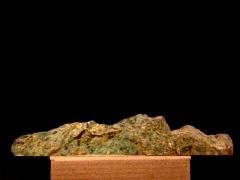



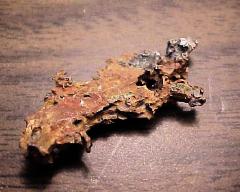
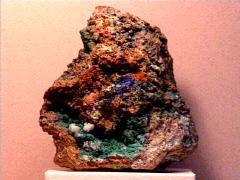


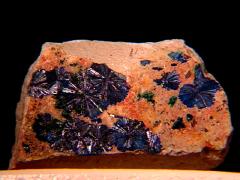
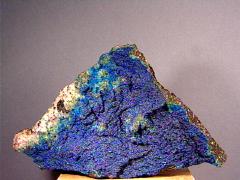

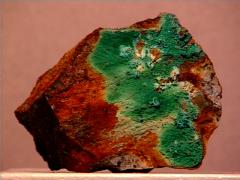


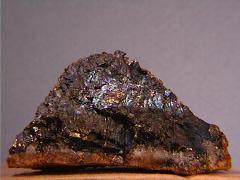
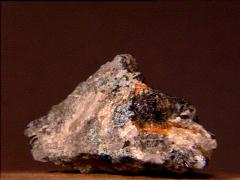


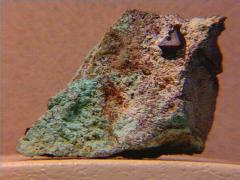


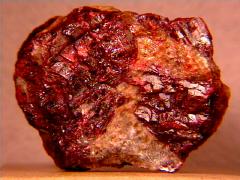
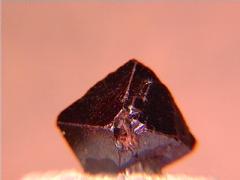

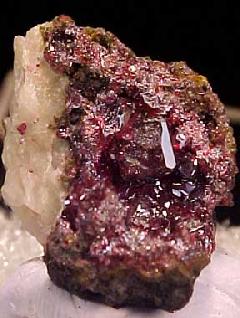


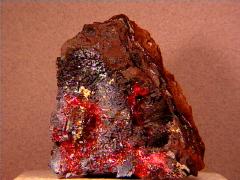


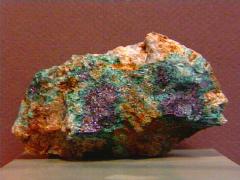

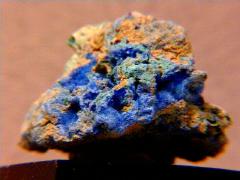

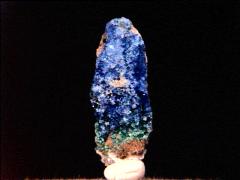




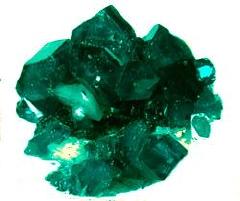



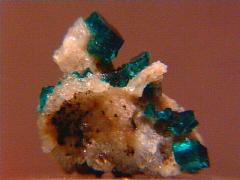








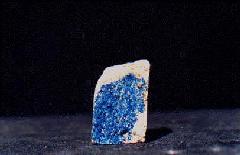


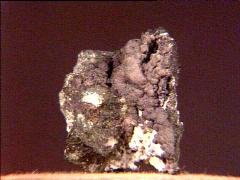
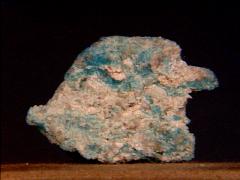
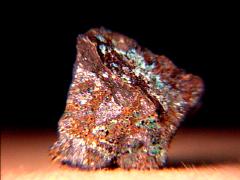





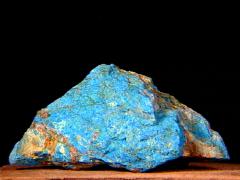

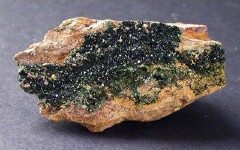


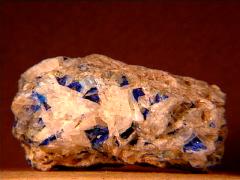
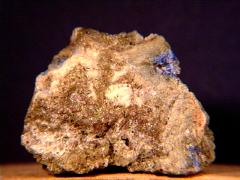


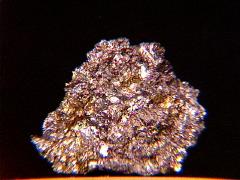
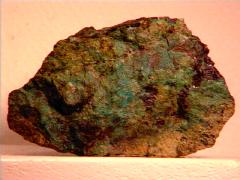
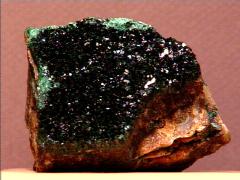
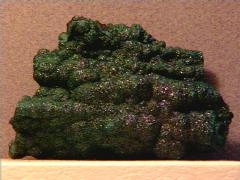




No comments:
Post a Comment